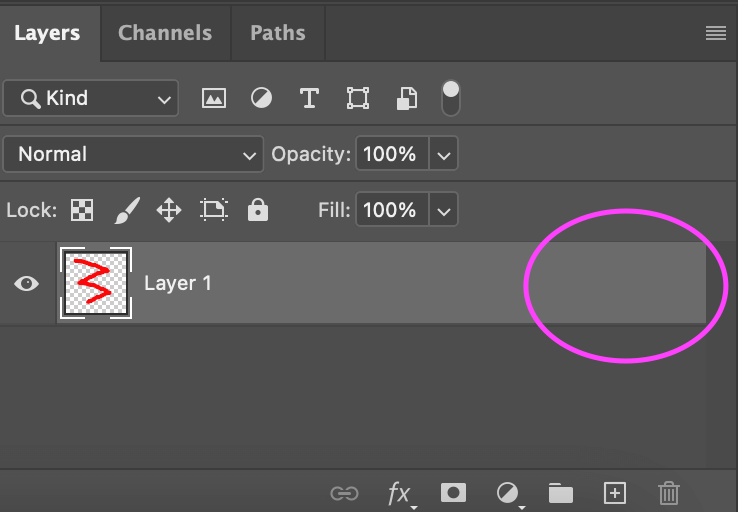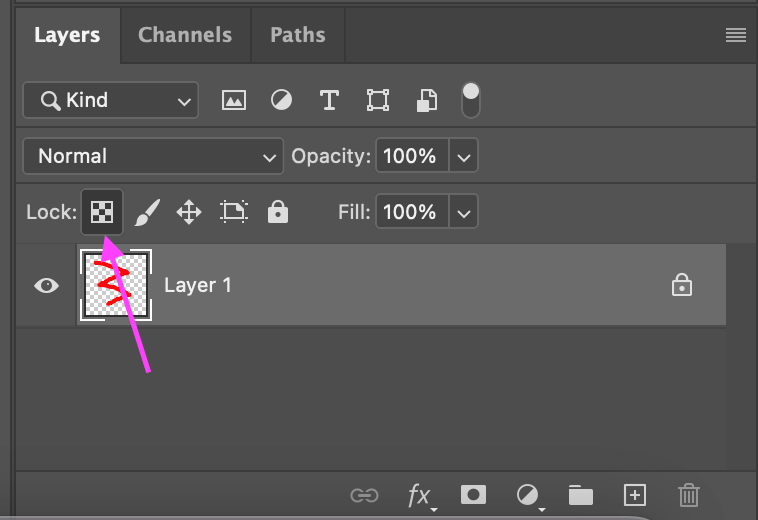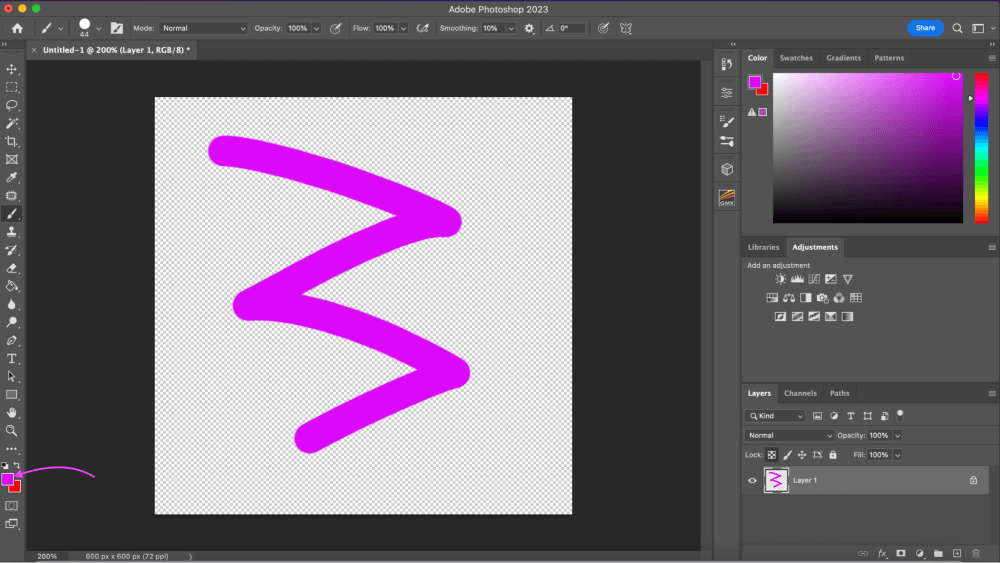Hi there! My name is Aly, I am an avid user of Photoshop with over five years of experience, and today, I am going to give a little insight base on my experience with locking transparent pixels or more commonly known as “Alpha Lock”, what it is, why it’s there, and how to use it.
Table of Contents
What is Alpha Lock in Photoshop
In Photoshop, a mask called “Lock Transparent Pixels” otherwise known in other programs as “Alpha Lock” enables you to sketch inside an existing form without going outside its boundaries.
Additionally, any additional drawing will only modify the already-existing item on that layer while preserving the transparency of the surrounding areas.
Without painting outside the lines, Alpha Lock is perfect for adding texture, any kind of details, and shade to an item in your artwork.
Why Use Alpha Lock in Photoshop
It’s possible that you may have a layer with a geometrically sound shape surrounded by transparent sections that must remain unchanged.
While some of us might prefer to employ layer masks to achieve the same results, doing so frees up the layer mask for other uses that a more experienced user might find beneficial.
The same effect as locking the transparent pixels is achieved by one technique. Ctrl/Command + Click on the layer icon in the Layers panel to make a selection. Painting is only available in the choices. The paint on an edge stays fuzzy if there is one.
So, by locking the transparency there’s no worry of spoiling the edge when one brushes over the colored area. It works also with smoothly fading or blurry edges.
How to Use Alpha Lock (Lock Transparent Pixels) in Photoshop
If a block of color has sharp, defined boundaries, Photoshop makes it incredibly simple to modify it.
While you might use the Paint Bucket or Color Replacement Tool to alter the color, you must use the Lock Transparent Pixels button on the layers palette to alter the color of an object with faded edges or that is partially transparent.
In my example, I have a sketch drawing in Photoshop, the color of my sketch is red, but say I need it to be purple without redoing the sketch. This is how I would change it.
First, I will need to unlock the current layer that I am using. For my example, that would be my “Background Layer”. Click the lock button to the right of the layer name until you see the lock now in the “Unlocked position” or completely gone as shown in my image below.

This step is only necessary If you only have one layer, that being your default “Background Layer” Otherwise skip to the next step!
Next, you will need to click the “Lock Transparent Pixels” button next to Lock” above your layers.

After that, pick the color that you need the sketch to be from your foreground color and color over it, and boom! There you have it. No need to recreate your sketch or worry about bleeding lines! It’s that simple!

Fortunately, you can disable “Lock Transparent Pixels” (Alpha Lock) once you’re done editing with it. Just click the “Lock Transparent Pixels” icon once more to see it unlock.
Now you wouldn’t be limited in your ability to keep drawing on that layer.
Conclusion
All things considered, Alpha Lock is a fantastic tool, especially if you have a few layers. However, it does alter your original image because you draw directly on a layer. There is no other option besides using the Undo tool if you need to change something.
Simply said, utilizing Lock Transparent Pixels (Alpha Lock) guarantees that an item on a layer can never become more or less transparent than it was when it was first generated and that its borders won’t alter if, for example, you add a blur or color to it.
Therefore, if you plan to use Alpha Lock for anything important, I advise creating a copy of your original layer in case you change your mind and want to return to the previous setting.
Any questions about How to Use Lock Transparent Pixels (Alpha Lock) in Photoshop? Leave a comment and let me know.
About Aly Walters